Peugeot 404 1960 - 1975 - Model history
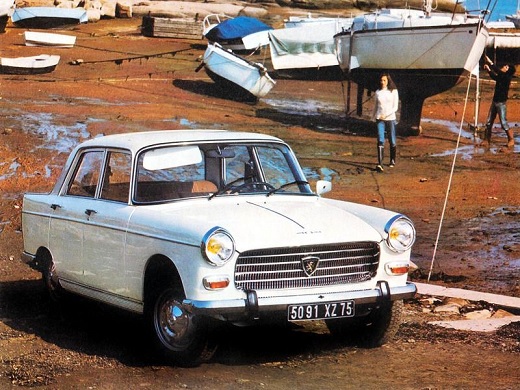
Peugeot 404
An elegant blend of Italian style, proven mechanics, traditional French comfort and comfort as well as stunning reliability and quality, it has promoted the Peugeot 404 as the leading sedan of this factory and the best selling model of this manufacturer for over twenty years.
With every attempt to present the history of the French carmakers, an unavoidable and important moment is certainly the end of World War II and its impact on the industry. Namely, very impoverished France had to forget about the pretensions of its automobile factories towards luxury models and to turn to simpler and cheaper cars as the basic motorization of the population. Some factories, unprepared for the new market conditions, quickly "capitulated" and moved to the margins of automotive history, while pre-war giants such as Peugeot, Renault, Citroen and Simca were able to adapt and continue production. As the purchasing power of the population increased, so did the supply of more diverse and richer, yet far from pre-war luxury and wealth of models. Yet, by the mid-50s, the situation had improved enough that factories began to consider introducing larger cars to more middle-class buyers. The first model of this conception was revolutionary and then shocking Citroen DS19 "Shark" (1955), which introduced not only stunning design terms but also innovative technical solutions. Renault was not ready for the segment at that moment, so Peugeot's response was eagerly awaited.
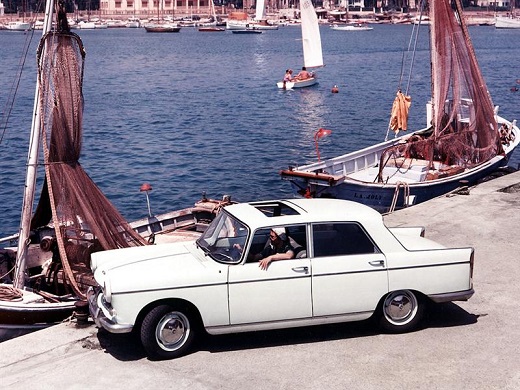
Peugeot 404
Specifically, during the 50s, the 403 was Peugeot's largest sedan. Although of harmonious design and reliable mechanics, it could not be measured by the hyper modern "Shark" which overwhelmed the audience despite several flaws that gave rise to advanced conception. Therefore, the company management decided to introduce a model that would replace the 403 and return customers to Peugeot. As a basis for development was taken the previous model, which is technically modified and upgraded but with the same "lay out" which means the engine is mounted longitudinally and the drive on the rear axle. The design (as with the 403) was the responsibility of the famous Italian Pininfarina House, which will have a successful collaboration with Peugeot, and the lines of the new Peugeot 404 were the work of, personally, Batiste “Pinin” Farine. Yet, and even then it was noticeable, the design of a new one Peugeot, although harmonious, was not completely original. Specifically, the Pinifarina, on this car, transcribed itself and the Peugeot 404 is very similar to the Lancia Florida, Fiat 1800/2100, most on Austin Cambrige and Morriss Oxford. Namely, these last two English models are so similar to the Peugeot 404 that even the most experienced connoisseurs at first glance are not sure what the car is about. An American-influenced blend with plenty of chrome on the body and sleek vertical wings on the back and European proportions and details proved successful for all the cars mentioned above, but most for the Peugeot 404.
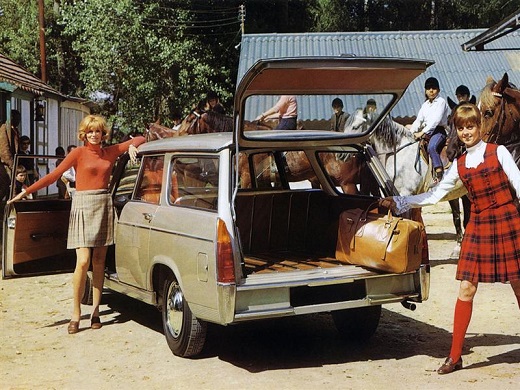
Peugeot 404
The car was officially launched in April 1960 and immediately received public approval and positive criticism from the specialized press. With its 4.5 meters in length, spacious interior and trunk as well as plenty of luxurious interior details, the Peugeot 404 seemed more prestigious than it really was, which only increased customer interest. Under the hood of the new model was a conventional and proven drive in the form of a regular four-cylinder engine of 1.6 liters of volume and 72 hp, which was sufficient for 145 km / h top speed. Power was transmitted to the rear wheels via a synchronized four-speed manual transmission whose lever was located on the dashboard, next to the steering wheel. Immediately after its launch, the Peugeot 404 achieved excellent sales results, a trend that will continue to follow through to production. Normally, the factory began to consider expanding its range, with the Peugeot 1961 Coupe and Convertible unveiled in addition to the De Luxe version, which featured more equipment and more color choices, at the 404 Geneva Motor Show. These beautiful cars were created on the platform of the standard model and used the well-known 1.6 engine that developed 88 hp thanks to the Kugelfischer mechanical fuel injection.
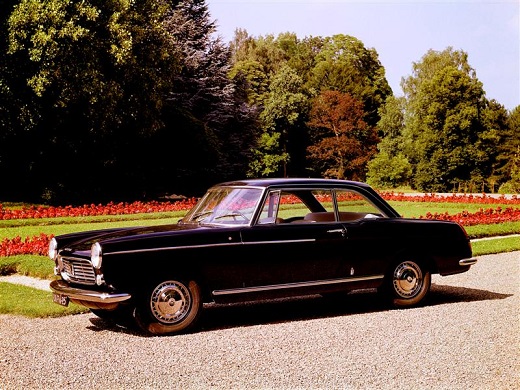
Peugeot 404
With their elegance and style, they immediately won over wealthier customers. The body was completely new and did not share any elements with the sedan, while Pinifarina was again in charge of the design, which again gave Peugeot a non-authentic shape. Namely, the Peugeot 404 Coupe and Cabrio are very reminiscent of the Ferrari 250 GT 2 + 2, which only helped sell the French model. The following year, the offer was increased for the Familiar version, that is, the station wagon version with a fifth door and an increased trunk. Although this model lacked the elegance of a 404 sedan, thanks to its great practicality, success was instantaneous. Soon, customers were offered a diesel engine in all body variants (except Coupe and Cabrio). With its 1.8 liters and 55 hp, this diesel was not at the level of a gasoline engine, but it captivated with its robustness, durability and modest consumption, which made it a favorite car of European and South American taxi drivers. In addition, this Peugeot engine is, along with Mercedes diesels, one of the first widely used diesel engines in the world. Peugeot was so confident in its technology that in 1965 it made a special Peugeot 404 Diesel, to break the record for diesel cars.
The blue record braker has traveled over 16,000 kilometers, in 103 hours of continuous driving, with an average speed of 160 km / h, setting a record that has not been broken for a long time, which showed the quality of technology and development opportunities we enjoy today, following the revolution on that field. Along with sales success in the domestic market, a very successful export began as did the racing career of the Peugeot 404. Immediately after its launch in 1960, Peugeot exported the 404 to all continents. With a clever policy of opening plants in various parts of the world, production of this model soon began in Aregentina and Africa, traditional Peugeot markets. As far as her racing career is concerned, she has been astoundingly successful with as many as four wins at the East African Rally and numerous smaller competitions of this type. Namely, without strong drive and adequate suspension, the Peugeot 404 could only find success at such events where reliability and durability in inhumane conditions were primarily valued. However, these titles only solidified the reputation of the Peugeot 404 as an exceptionally high-quality car, which it was.
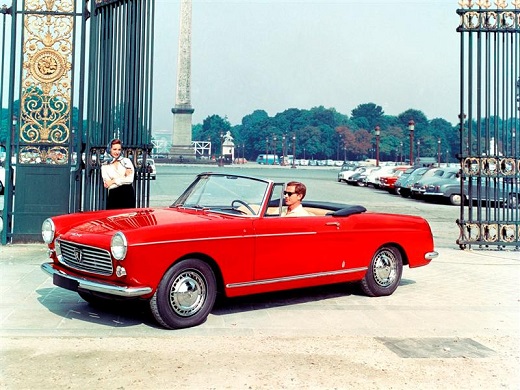
Peugeot 404
In the late '60s, the Peugeot 404 got a new, cargo variant, that is, a pick up, a two-door model and an open luggage compartment. Like other variants of the 404 game, this car has been successful as a usable light-duty vehicle. The same year (1968) shut down production of the Coupe and Cabrio variants, and as early as 1969, a replacement for the Peugeot 404 was introduced in the form of the far more modern and larger Peugeot 504. Obviously, Peugeot was preparing to replace its successful model, which in late The 60's were already outdated, especially in design because it was distinguished by the aesthetics of the late 50's. However, the Peugeot 404 did not immediately leave the automotive stage and production will continue until 1975 at its parent factory in France while in Argentina until 1982, and in Nigeria until 1988! After all, as many as 2,880,000 Peugeot 404s have been made, many of which are still being driven, primarily on African roads and ramshackle parts of South America, while the station wagon can still be seen as an official police vehicle, the strength of the order in Nepal and Mali. For such a long and rich life, the Peugeot 404 is primarily able to appreciate its reliable mechanics and engines, which won it both sleek European roads and third-world helplessness.
In addition, the elegant design and practicality of all versions were just a big plus in operation. Therefore, we can say that this model has been a pillar of Peugeot's production and popularity for many years, and that every later Peugeot sedan, including the current 407, owes a good part of its image to the old Peugeot 404. Given the large production and presence, the availability of spare parts is at a high level and numerous fan clubs around the world provide great support during the restoration, while the Peugeot 404s themselves are not expensive and difficult to restore. Having in mind the fact that this model was popular and driven in our country as well, and that many of them survived (some in excellent condition), the Peugeot 404 is a great suggestion to start hanging out with classic cars. The combination of elegance of the 50s and 60s, fantastic quality and driving pleasure guarantees the place of this car in the history and hearts of many connoisseurs.
Author: 426 Hemi
Pictures: Peugeot
Retrieved from: www.brzabrzina.com
Recommendation of similar texts:

Hi there, I am Mladen and I am an auto enthusiast. I started this blog years ago to help like minded people share information about latest cars, car servicing ideas, used car info, exotic cars, and auto technology. You will find helpful articles and videos on a wide variety of cars - Audi, Mercedes, Toyota, Porsche, Volvo, BMW and much more. Ping us if you have anything cool to share on latest cars or on how to make older cars more efficient, or just want to say hi!

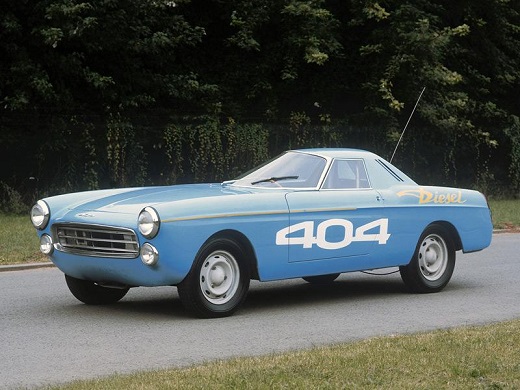

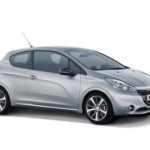
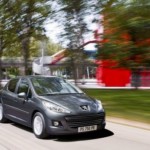

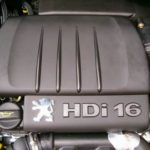
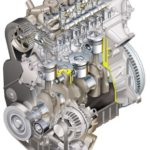
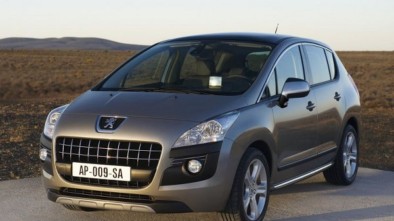
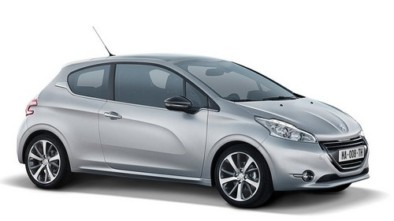
Two exactly… Bravo! I had (dad) 404, 1618 ccm, 74 kd, 5.500 rpm drove it dad, sister and I five years to 200.000 km, I did the general, and went to another statue… The best car ns two, brakes and today unsurpassed (mintex, thermostable, with vacuum) with 120 to 0 between two poles, so you see. In each drum, two pistons with a double, action, ie. four !!!
The carburetor solex 45 PBICA, camshaft on the side, worked so quietly that you had to ear on the hood to hear the engine. Girls with a chain and a spanner of black indestructible kaichuk. and tensioner, dynamo and alnaser ducellier, jaeger instruments, and veglia, cassette locks ,. Michelin ZX 165/380/15 tires, McPherson struts at the front, rigid at the rear, to spring and with the Panar lever. radiator fan with electromagnetic clutch. 55 liter tank. Radio Blaupunkt